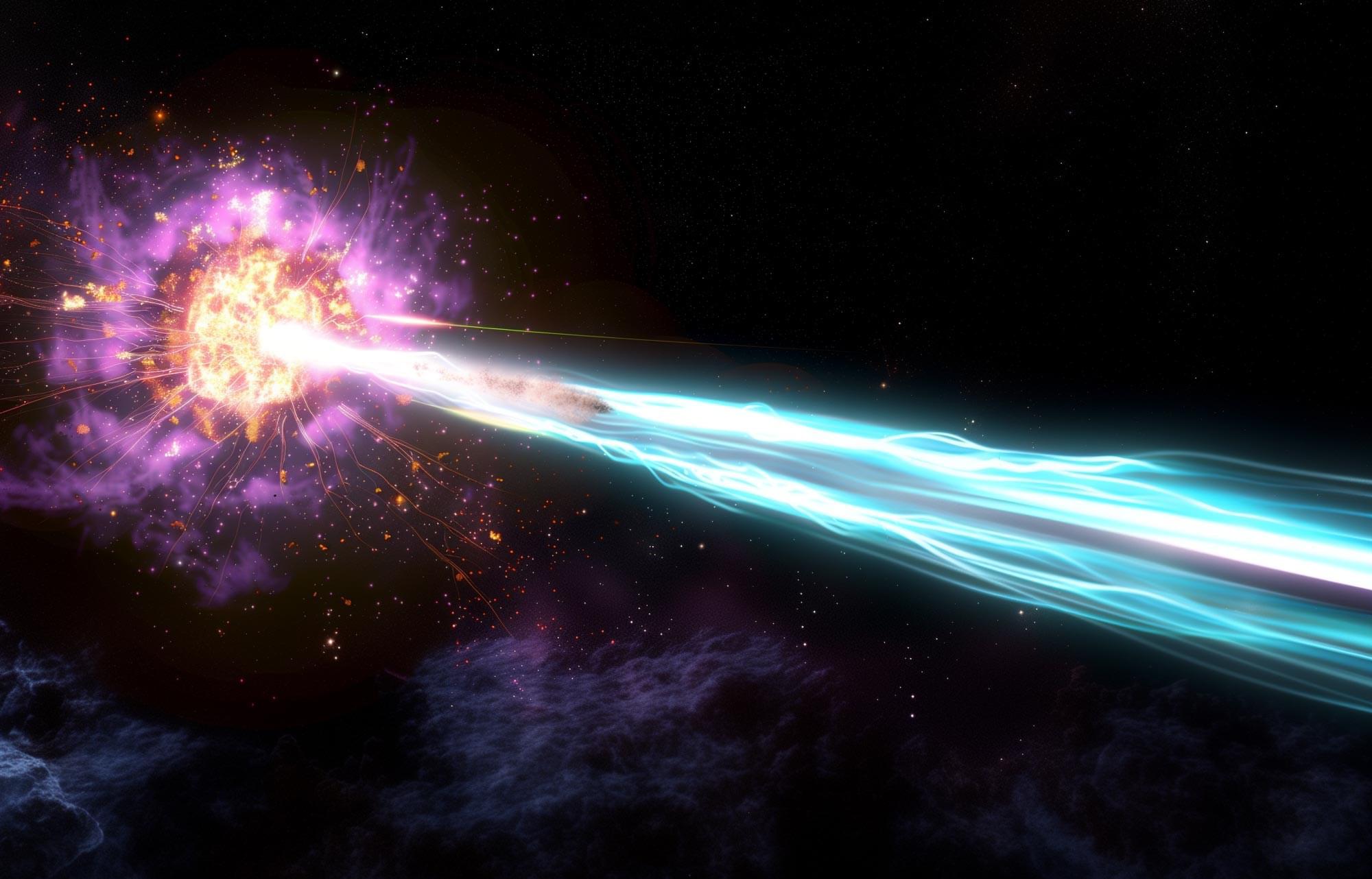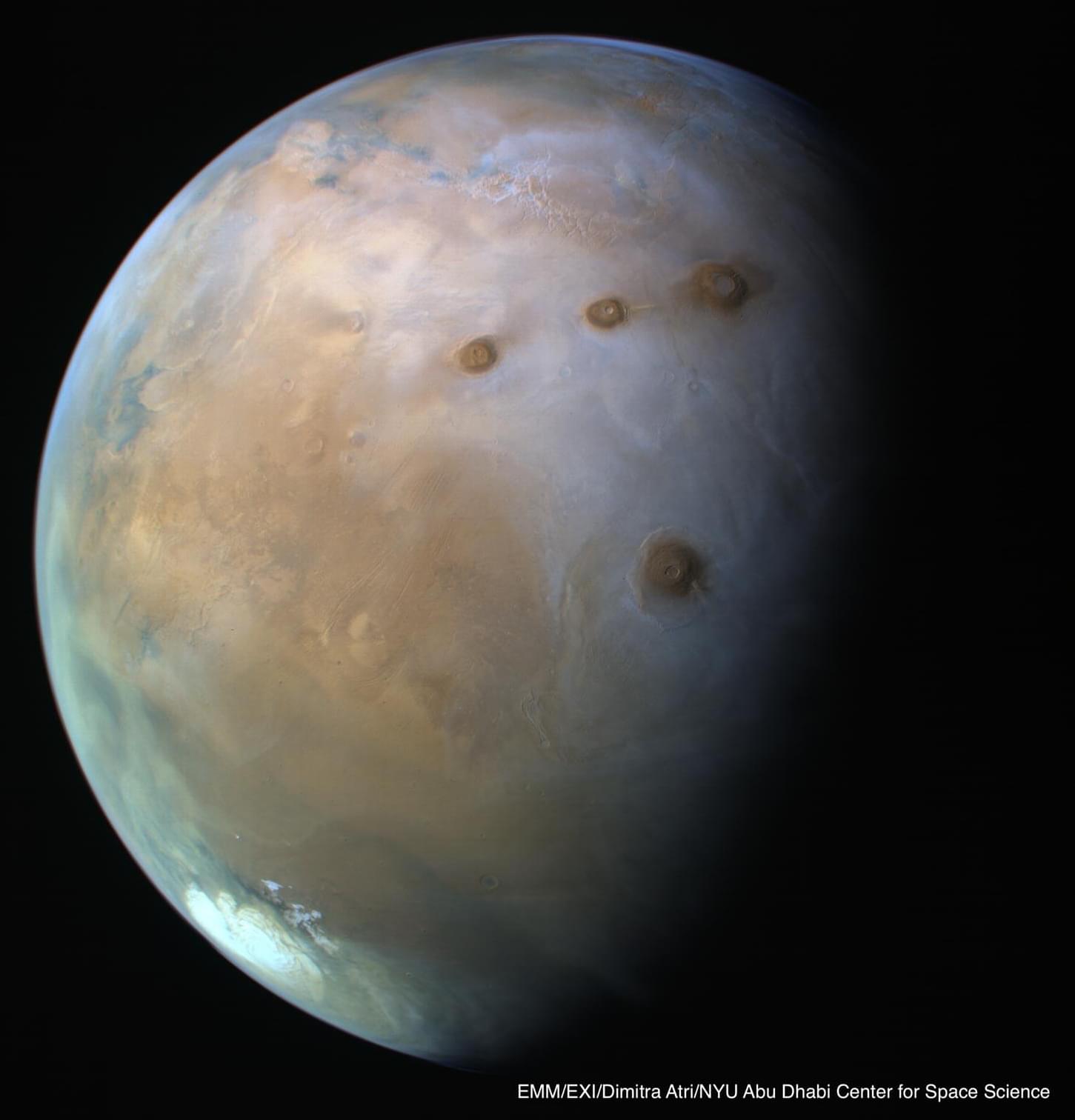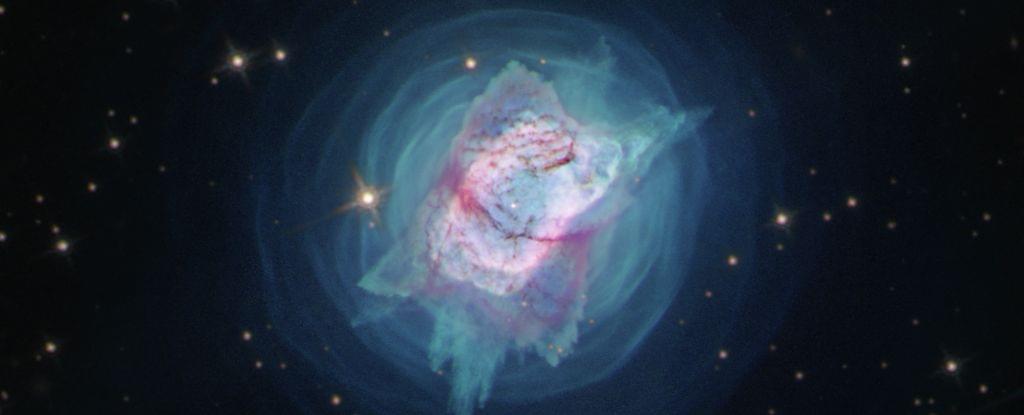Marine cone snails are host to a family of dangerous neurotoxins. Very little is known about how those toxins interact with the human body, making this an area of interest for medical drug research and an area of concern in national security spaces. For the first time, a team at Los Alamos National Laboratory has successfully trained a machine learning model that predicts how alpha conotoxins bind to specific human receptor subtypes, which could help researchers develop lifesaving anti-toxins.
“Because of the diversity and complexity of natural conotoxins, it is estimated that only 2% of them have been sequenced,” said Gnana Gnanakaran, theoretical biologist at Los Alamos. “No antidotes exist for conotoxins, but by using machine learning to predict conotoxin binding, we now have the ability to develop tools to understand and respond to these threats.”
The deadly secretions issued by any one of the more than 800 cone snail species represent a conglomeration of more than 1 million natural conotoxins. The research team concentrated their machine learning work on alpha conotoxins, a particularly prevalent and deadly conotoxin family.









